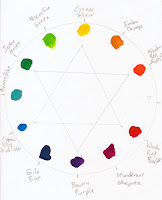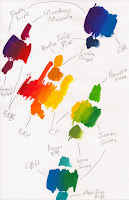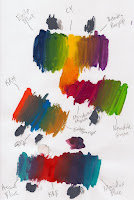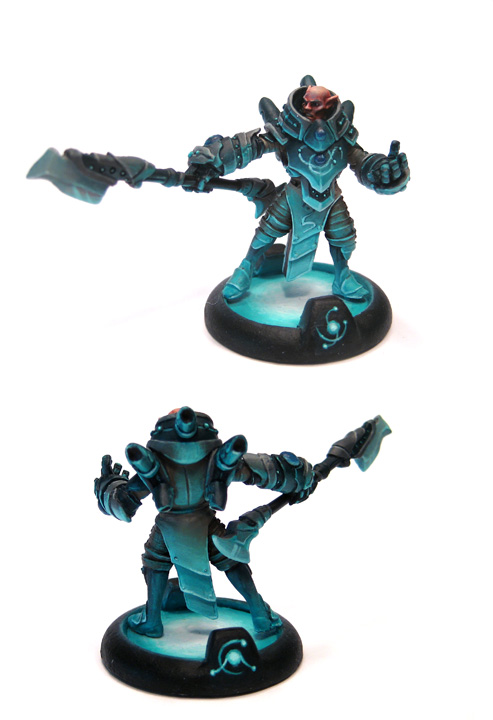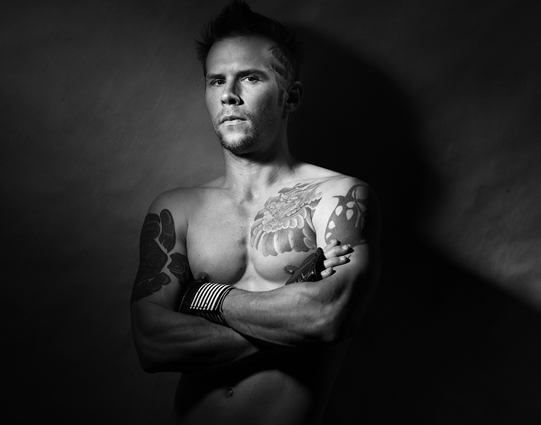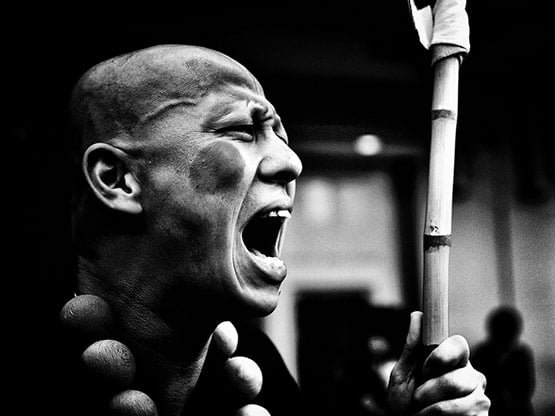Book title: Creative Color
Author: Faber Birren
Yes, I'm already reviewing another book on color theory. My recent flight to Shanghai afforded me many hours of time to read and I literally read this book all in one sitting. This book was a somewhat random pick for me. I was searching around on Amazon looking for a book that had information about the emotions evoked by various colors and somehow came up with this book. Now admittedly, I had expectations of this book that didn't come to fruition, so I have a somewhat biased view of it.
What I learned:
True purple doesn't exist in sunlight! It had never occurred to me, but purple is a fabrication of red and blue, which are at the ends of the color spectrum when sunlight is split by a prism. Once I stopped to think about it I realized it was obvious. It also goes along with why the human eye sees yellows and greens as brighter than other colors, since they are in the middle of the sunlight spectrum.
"Psychological study has shown that the average person will readily distinguish about nine steps from black to white." If I use myself as an average person, this isn't true. But check for yourself using the below chart of 16 steps.
| x00 |
x11 |
x22 |
x33 |
x44 |
x55 |
x66 |
x77 |
x88 |
x99 |
xAA |
xBB |
xCC |
xDD |
xEE |
xFF |
There's definitely a couple that blend in, so it's interesting to note. For me the first 2 appear identical, but the rest are easy to identify. Perhaps their study was influenced by having borders between the different steps, which I learned from
Interaction of Color will definitely influence the experienced value. In any case, another interesting point made is that a mid-tone grey is usually picked out at a ratio of roughly 3:1 black to white. Again, I didn't find this to be personally true. Example:
| x000000x000000x000000 |
x888888x888888x888888 |
xFFFFFFxFFFFFFxFFFFFF |
Perhaps they are speaking specifically when using paint.
What I liked:
There's a really good section about a painting technique of the Old Masters called Chiaroscuro. The relevant part to paint mixing is that when shading or lightening a color, add a little bit of the color (hue) in to keep the ratio strong. For example, when creating a darker shade of pink, add both black and a little bit of red. This will keep the ratio of red to white/black more consistent and keep the color vibrant and strong. I found this to be of huge help just to know. It was sort of a 'eureka!' moment for me because it gave me a solid explanation why shading colors with things like P3 Coal Black or Umbral Umber helps keep the color more vibrant and interesting.
A few key wording definitions were actually quite helpful to walk away with:
- Lustrous - Reflects light (example: metal)
- Iridescent - Diffracts light, splitting the spectrum like a prism (example: mother of pearl)
- Luminous - Gives off light (example: the sun)
What I didn't care for:
The color printing quality of this book was, in my opinion, poor. Many places there are color plates that are meant to illustrate differences of colors and I found them to not actually have color differences between some swatches. It was frustrating to say the least.
The author talks a lot about the "non-objective" style of art, which personally I found to be a huge turn off. Particularly in the realm of miniature painting, non-objective art is a rather useless pursuit since miniature painting is, but it's very medium, about painting an object to look like that object.
What I would have liked to have:
I would have really liked more color plates (and of course of better quality). Perhaps I was spoiled by
Interaction of Color but the more I train my eyes, the more sensitive I am to poor printing quality of colors.
As a final note, there wasn't really anything about emotions evoked by colors in this book. Perhaps that biases my view of it as a whole (along with the other great books I have read recently), but I have to say that other than the couple of key takeaways, I didn't really get a whole lot from this book.
